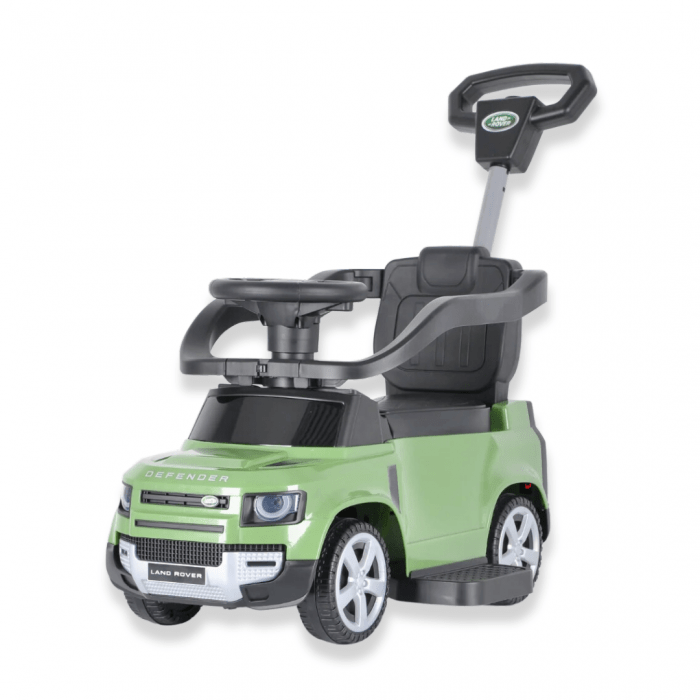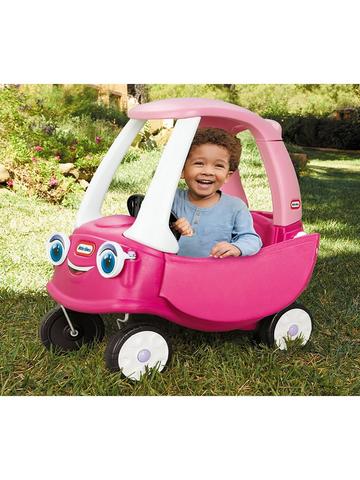Excellent News On Deciding On Remote Control Childrens Cars
Wiki Article
What Should I Be Aware Of About The Battery's Life And Charging Times Of An Electric Ride-On Kids Car?
Understanding the battery time and the life span of a car that is electric is vital to ensuring that your child is able to have an enjoyable and safe journey. What do you need to know is the type of battery.
The majority of electric vehicles are rechargeable and use either led-acid or lithium-ion batteries. The lead-acid batteries take longer time to charge and also have less battery life.
Capacity of Battery -
The capacity of the battery is measured in watts-hours, or ampere-hours. Batteries with a higher capacity provide a longer playing time before requiring recharging.
Run Time -
The time of a car's runtime is the amount of time it can be operated continuously with only one charge of battery. This varies based on a variety of factors, including battery capacity, motor power, terrain, and weight of the rider.
For electric cars, the typical runtime is 30 minutes up to 2 hours from one battery charge. However, certain batteries with high capacity might have longer run times.
Charge Time
Charging time is the amount of time it takes for batteries to be fully charged after it is depleted. Charge times differ based on battery capacity, charger specs, and charging methods.
The typical charging time for electric ride-on vehicles is 8-12 hours. However, some models may provide faster charging times, specifically with lithium-ion batteries.
It's essential to follow the instructions of the manufacturer when charging to ensure the safety and longevity of the battery. Overcharging or undercharging batteries could have detrimental effects on their performance as well as longevity.
Charge Methods Charge Methods
Electric ride-on vehicles typically come with a charger that plugs into a regular outlet for homes. Certain models might have quick charging or even a smart charger that tracks the battery's state of charge and adjusts the charging rate in line with the state of charge.
Make sure whether the chargers and connectors on the port on the ride-on cars are compatible in order to prevent any damage to the battery or the electrical components.
Additional Batteries -
Some ride-on electric vehicles will allow you to purchase extra batteries or spares for a longer playing time. Extra batteries allow you to replace depleted batteries by fully charged batteries which reduces the time spent in the car.
Understanding the battery life and charging times of an electric kids' car ensures your child will enjoy uninterrupted playtime and fun adventures as they explore their surroundings. It is crucial to recharge the battery as frequently as possible and follow proper charging methods. This will maximize battery performance. View the best Audi ride on car for more advice including toy toy cars, car on ride, car for toy, lambo toy car, car for toy, toy ride, toy toy cars, toy car for car, kidscars, toy a car and more. .

Why Do Electric Ride-On Cars Cater To Different Skill Levels?
Many electric vehicles come with different speeds and choices for control that cater to different skill levels. This guarantees an enjoyable, safe experience for children. How and why are these features put into place?
Children have different levels of competence and confidence when it comes time to drive ride-on cars. Parents can adjust the speed limit of the car that they ride on to their child's ability by providing a range of speeds. This decreases the likelihood of collisions and accidents.
Children who are just beginning or learning how to drive the ride-on cars can benefit from slower speed settings younger children, whereas older ones and those who have more familiarity can choose higher speed settings.
Gradual Learning Curve -
With various speeds electric ride-on cars provide children with the opportunity to learn, which lets them develop their driving ability. Beginners can familiarize themselves with controls and gain confidence by starting at lower speeds.
Parents can increase the speed of their children as they become more adept in driving. This provides a sense achievement and progress.
Parental control
Certain electric cars come with parental controls that enable parents to restrict the maximum speed at which their child can travel. This feature lets parents feel secure knowing they can modify the vehicle's speed, or even intervene when needed to ensure their child is safe.
Models could include parental control features such as remote speed limiters and emergency stop buttons.
Adaptability
Children's interests and skills can change as they age and develop. Electric ride-on vehicles with various speed settings allow flexibility and flexibility to accommodate these changes over time.
As your child grows confident, you can adjust the speed to a more challenging setting to give them a thrilling, more challenging ride. Parents may also lower the speed in order to accommodate smaller children as well as their companions.
Customization
Multi-speed settings allow customization of the experience of riding according to personal preferences. Children can select the speed setting that best suits their comfort and degree of excitement.
Some electric ride-on vehicles have additional control options like variable braking or acceleration sensitivity. This allows the driver to personalize their driving experience to suit their individual needs.
Electric ride-on vehicles with various speed settings controls, as well as other features provide a customized and safe ride. They're suitable for children with different skill levels and preferences. These features build confidence, promote skill development and provide fun adventures for children while allowing parents the opportunity to supervise, intervene, or monitor their child if needed. Follow the recommended discover more on McLaren kids car for website recommendations including toy ride, toy car for car, ride ons, car toy car toy, remote control childrens electric cars, toy in car, digger ride, electric ride on, race car toy car, remote control childrens car and more. .

What Are The Different Types Of Remote Controlled Childrens Cars? What Are The Benefits And Disadvantages?
Remote control children's cars, also known as RC cars or remote-controlled cars are available in different dimensions, styles, and price ranges to fit different preferences and budgets. The pros and cons as well as the sizes styles, models, and costs of remote-controlled vehicles for children are listed below.
Electric RC Cars - Battery-powered remote-controlled cars that are suitable for outdoor and indoor use. They come in various styles, such as buggies, trucks and sports cars.
Nitro RC Cars : Gas-powered vehicles that operate remotely and provide higher performance, but also require more maintenance. They are typically larger and more expensive than electric RC cars.
Scale models can be described as replicas of real life vehicles including trucks and cars. They can also be operated remotely. Model sizes vary between 1-10 and 1--24. Larger models have more details and greater realistic.
Sizes -
Children's remote control cars come in a variety of sizes. They range from tiny replicas to large-scale models. The size of the vehicle can affect its speed, performance and braking characteristics.
Smaller cars that are light and small, are great for indoor use and also by younger children. Larger models provide more power and durability which makes them suitable for off-road racing in the outdoors and for outdoor driving.
Prices are
Prices vary depending on the dimensions, features and the build quality.
Small electric RC cars range from $20 to $100 The larger-scale electric and nitro RC cars are available from $100 to $500 or more.
Scale models and high-end hobby-grade RC cars range from several hundred dollars up to 1,000 dollars, based on the degree of detail and performance.
Pros and Cons -
Pros -
Adults and kids can both enjoy the excitement and fun of remote-controlled cars.
Skills Development Driving an RC car helps children develop hand-eye coordination, spatial awareness, and problem-solving capabilities.
Social Interaction: RC cars can be great for social interaction with friends and family.
Customization – A lot of RC vehicles can be customized with aftermarket upgrades parts and accessories that boost performance and look.
Cons
Cost - Remote control cars for kids, particularly those with high-end features and hobby-grade models can be quite expensive.
Learning Curve: Controlling an RC vehicle requires practice and knowledge, and young youngsters may be unable to master the controls at first.
Maintenance - Vehicles with RC engines require regular maintenance. This includes cleaning, lubrication, as also periodic repairs and part replacements.
Safety Concerns RC cars are a safety risk and could lead to electrical hazards, accidents and falls when used without supervision of an adult.
Overall, remote control children's cars offer a thrilling as well as educational experience for children of all ages, but it's important to think about things like the size, price features, safety, and size when selecting the best car for your child. For older children, hobby-grade RC car models may be the best choice. However, simpler models can also be suitable for children who are younger. Take a look at the best Lamborghini kids car kidscars.co.uk tips for blog info including toy toy cars, toy cars, remote control childrens electric cars, toy car, race car toy car, remote control childrens electric cars, car for toy, remote control childrens electric cars, toy a car, car electric ride on and more. .
